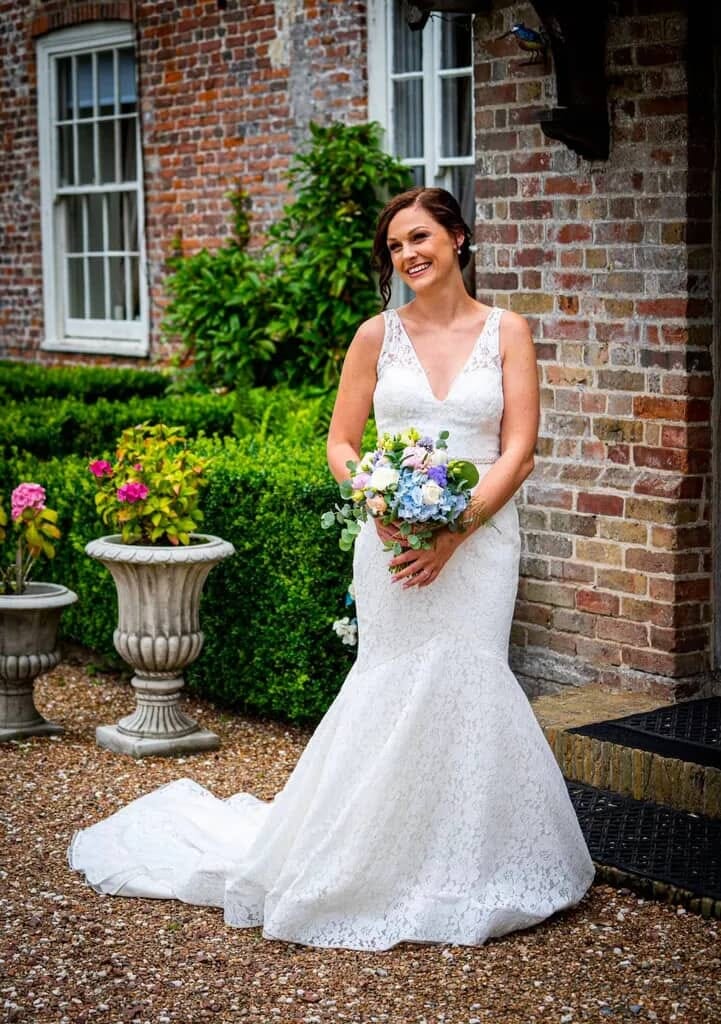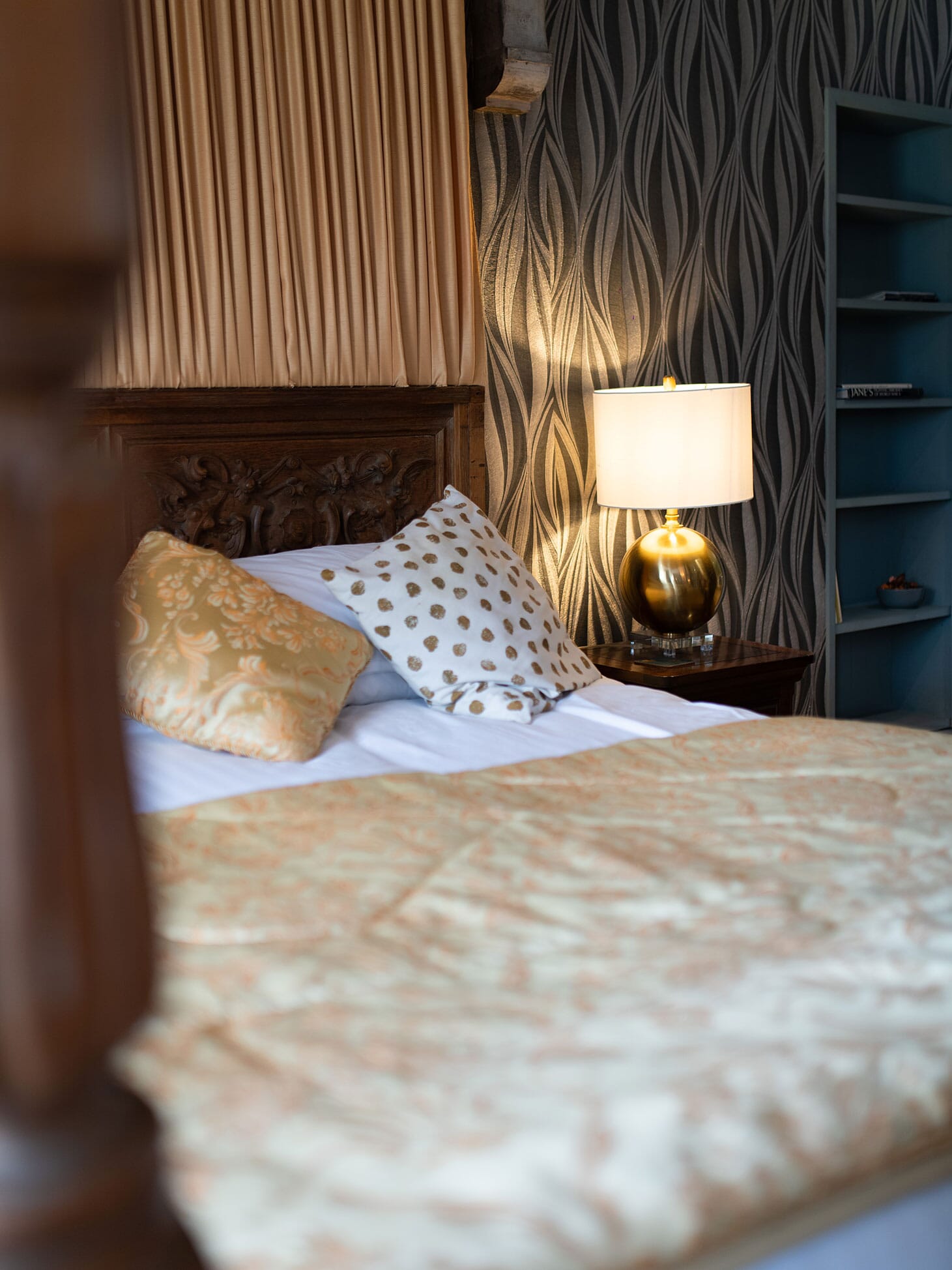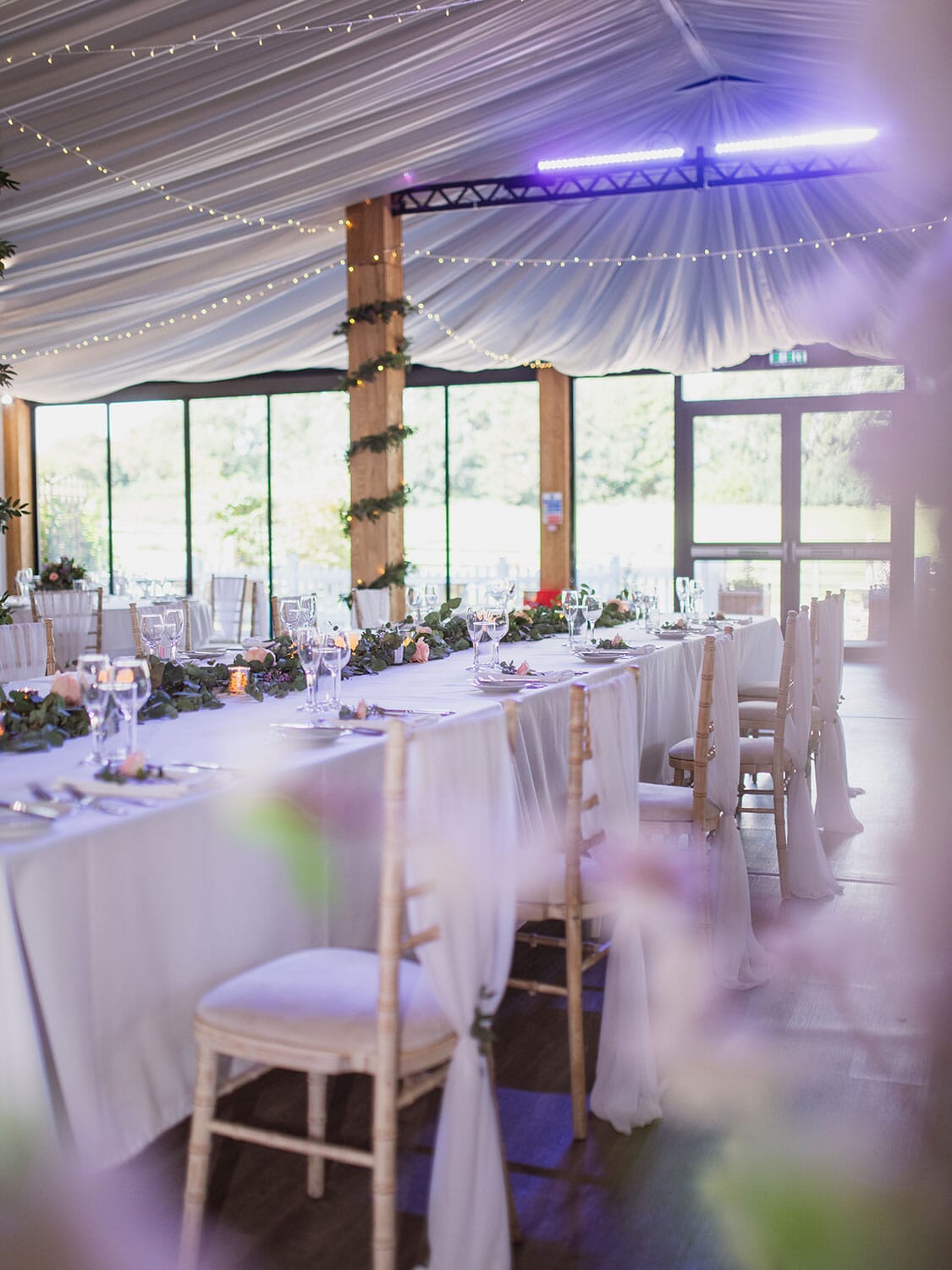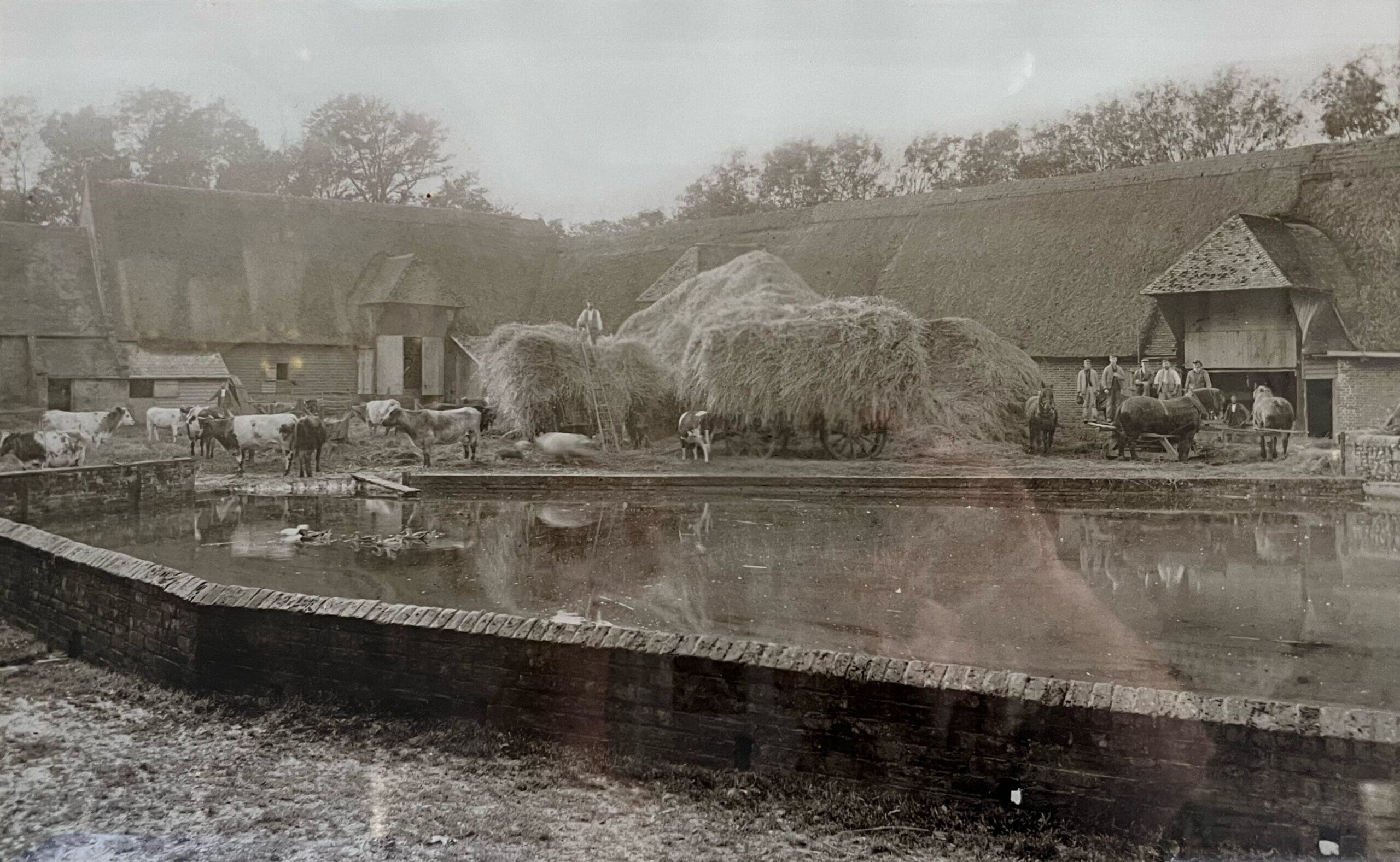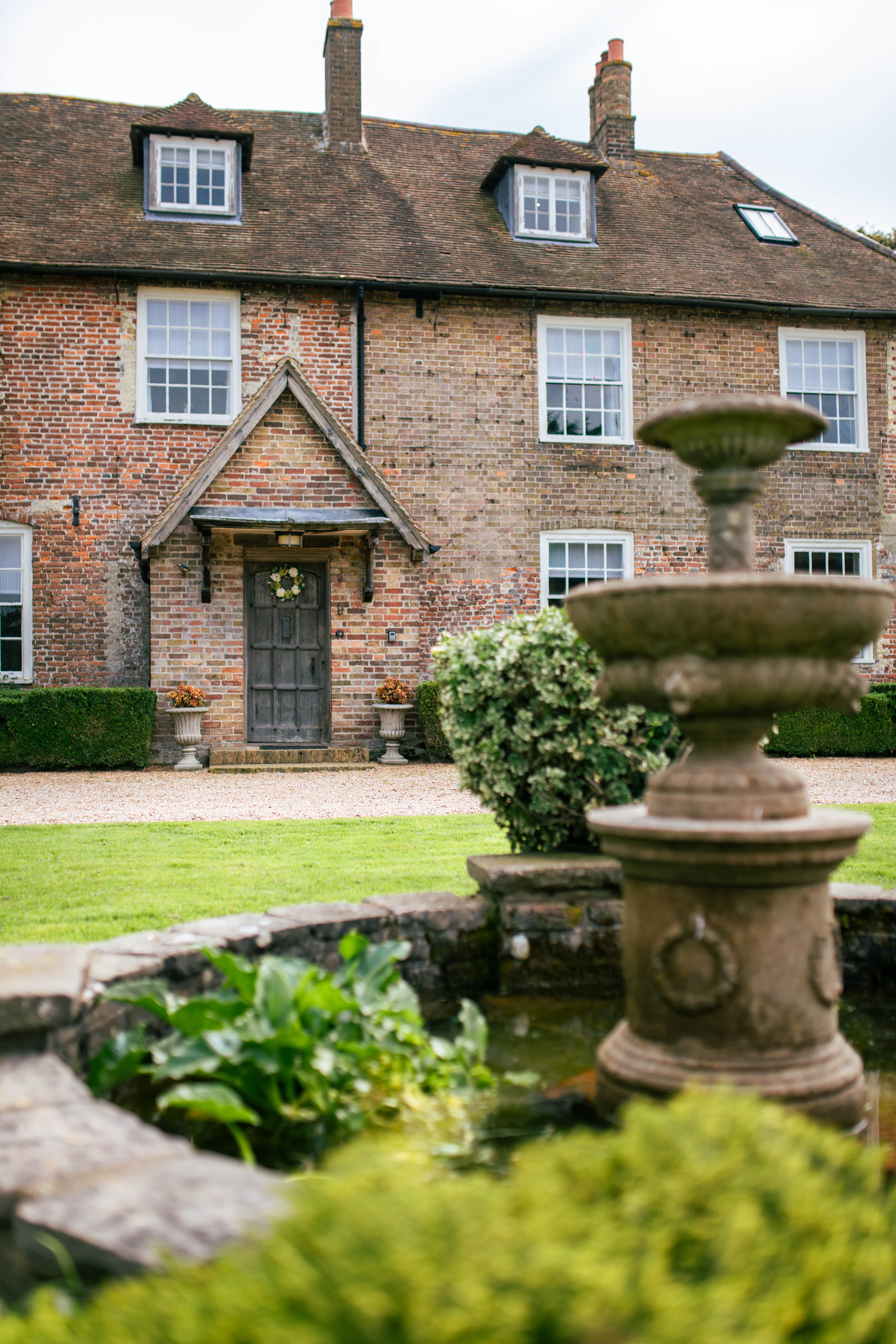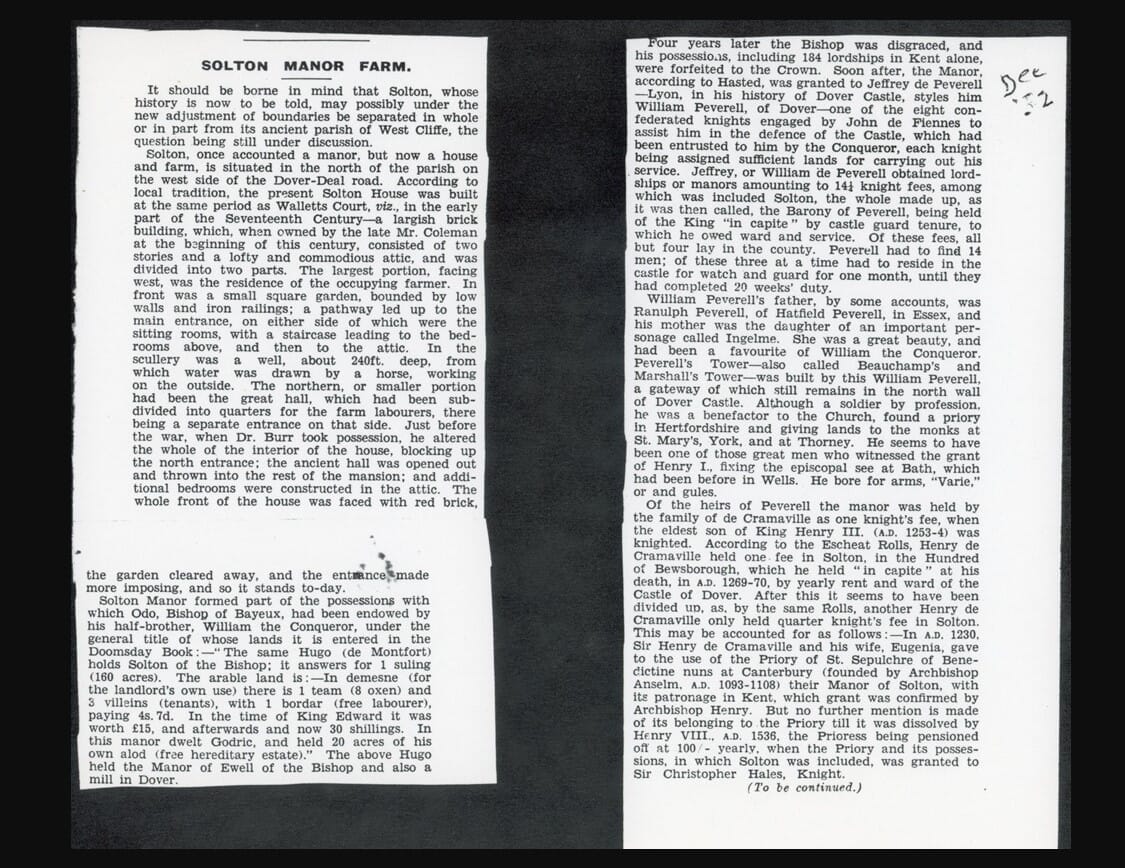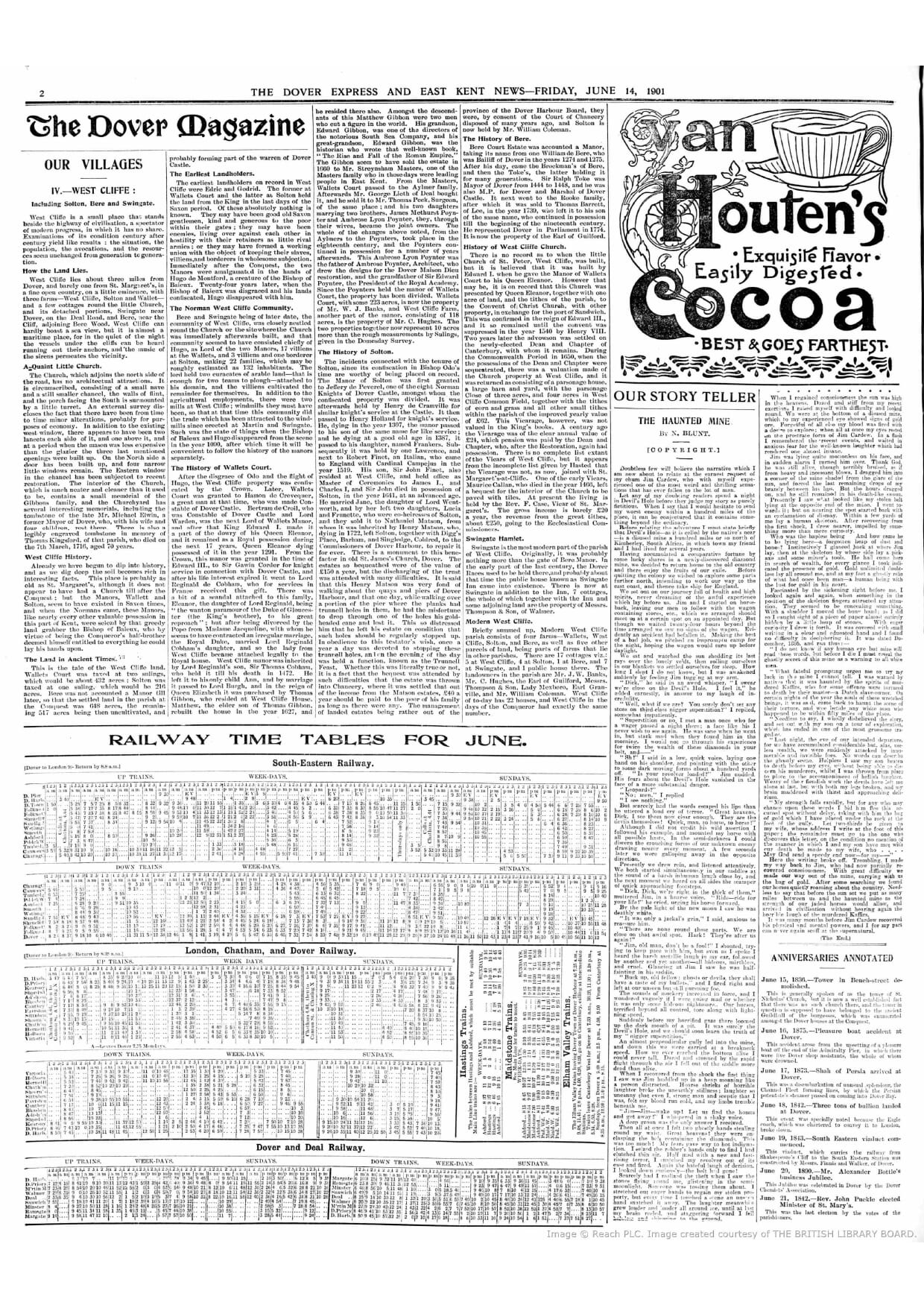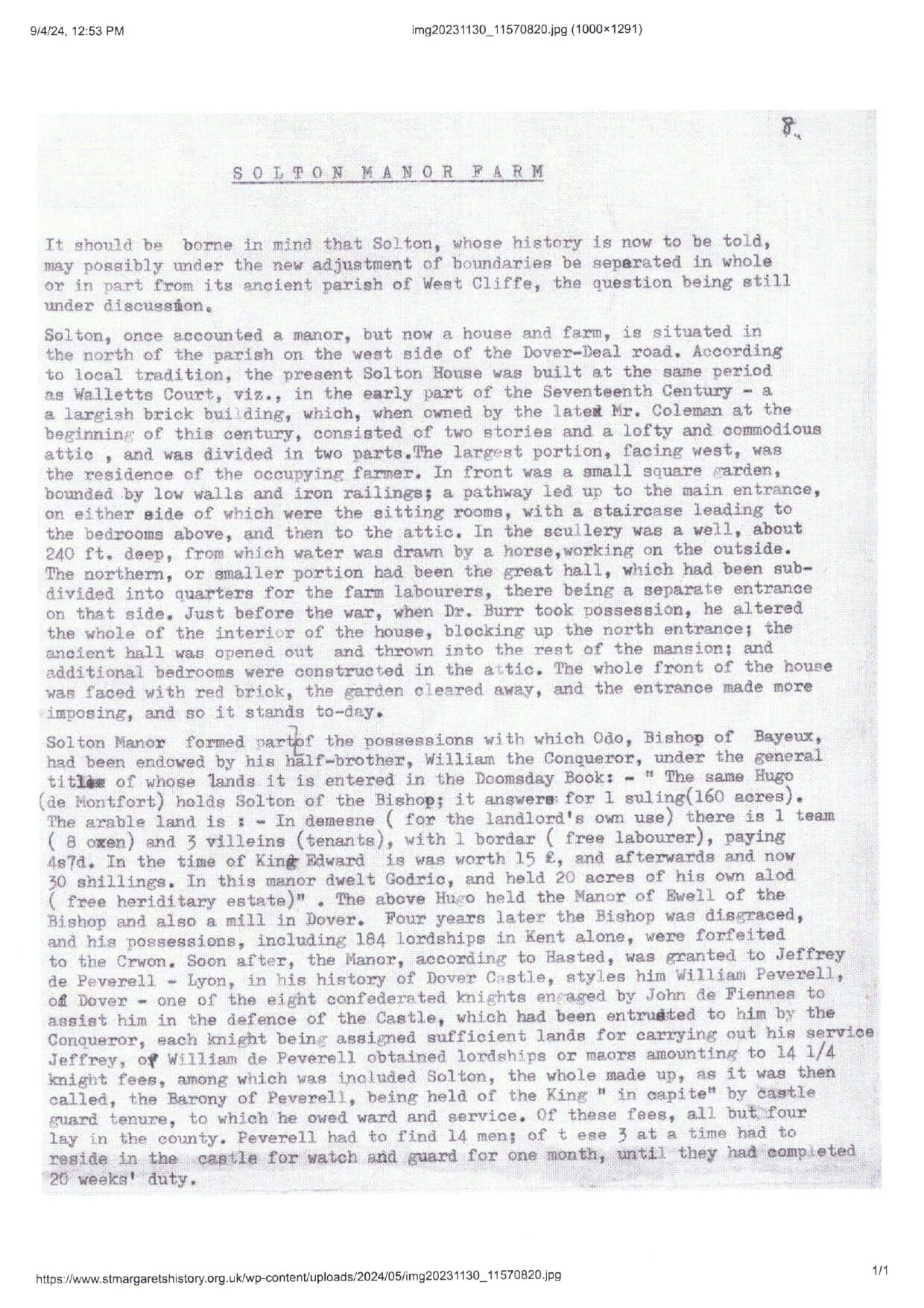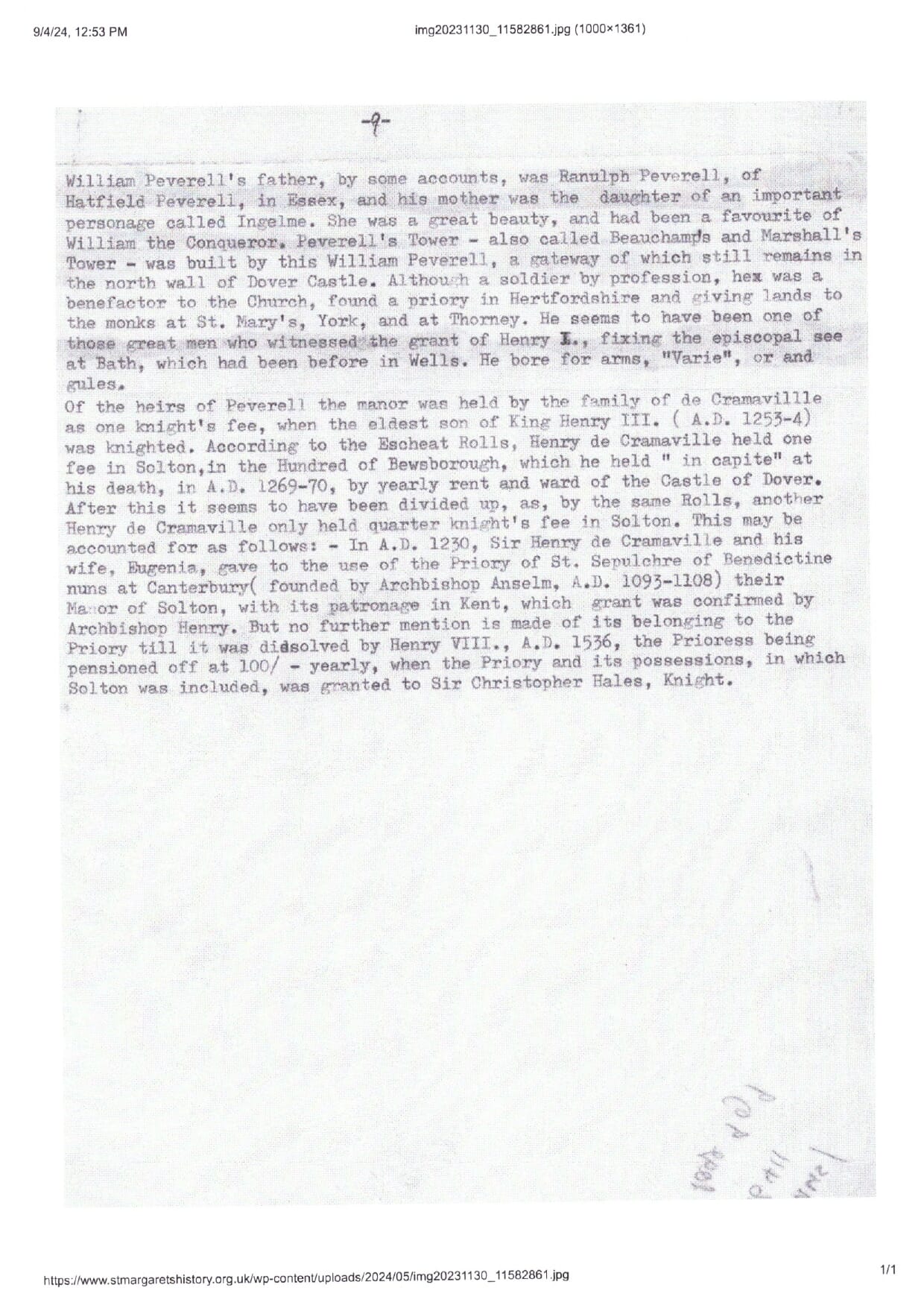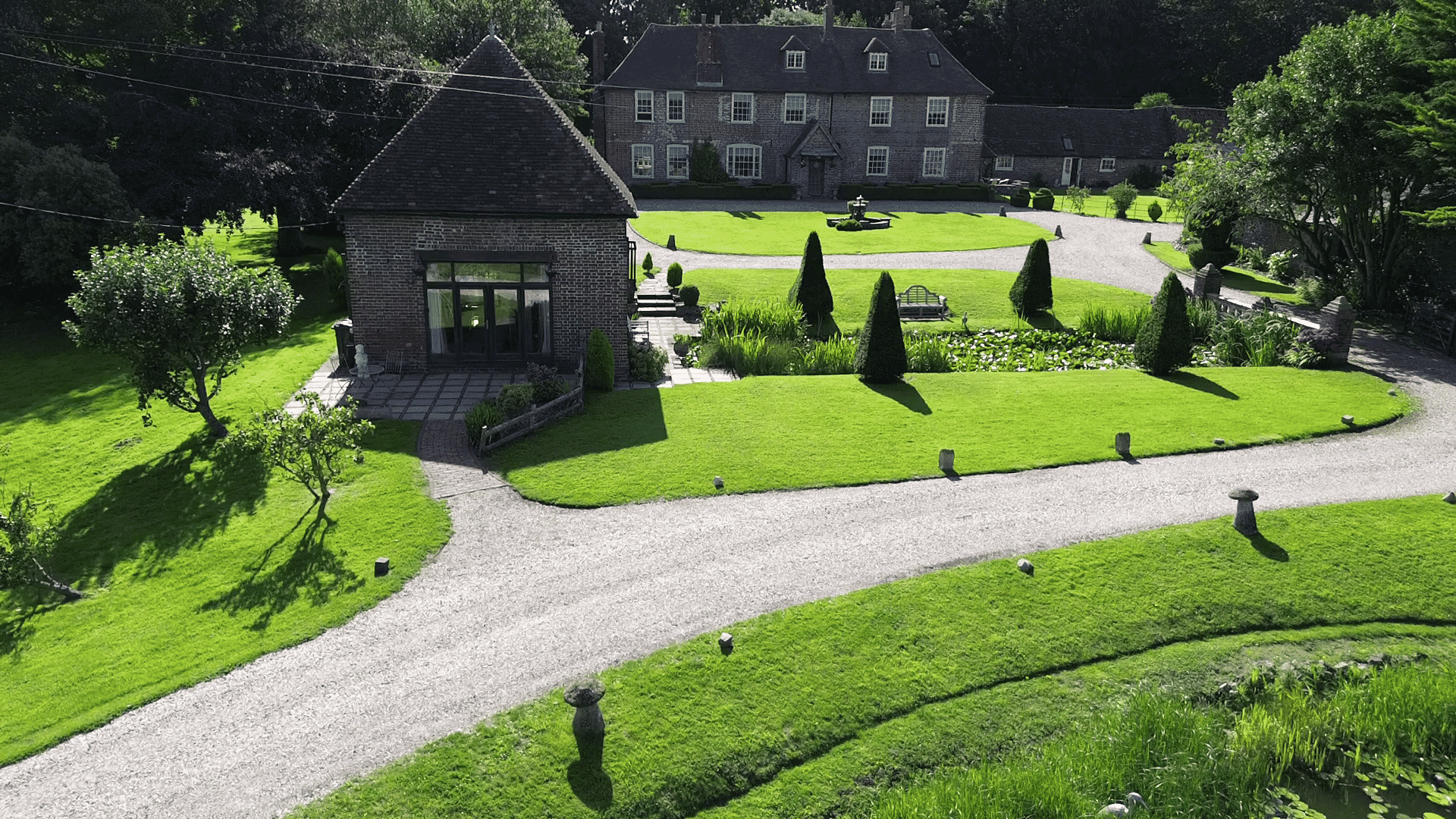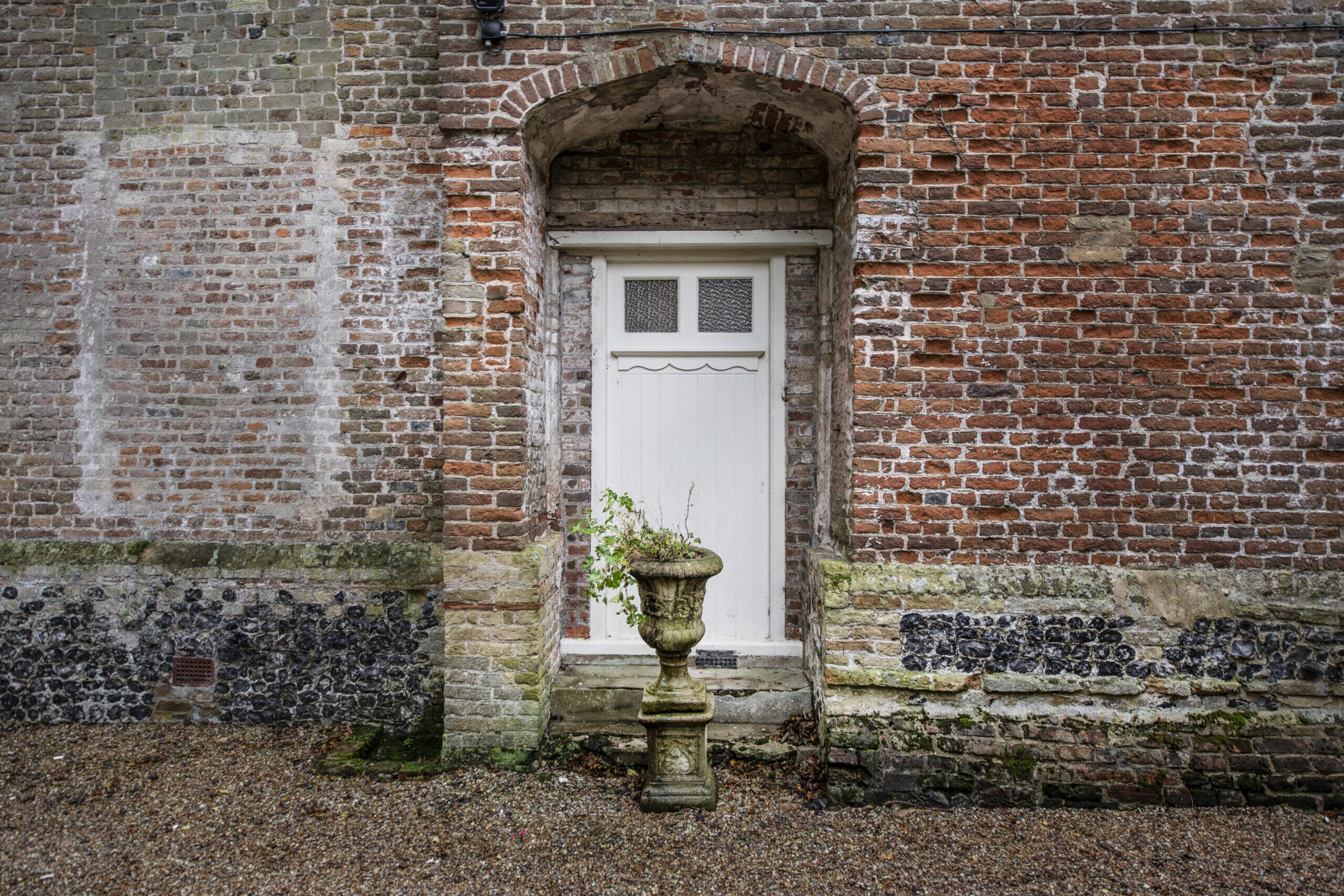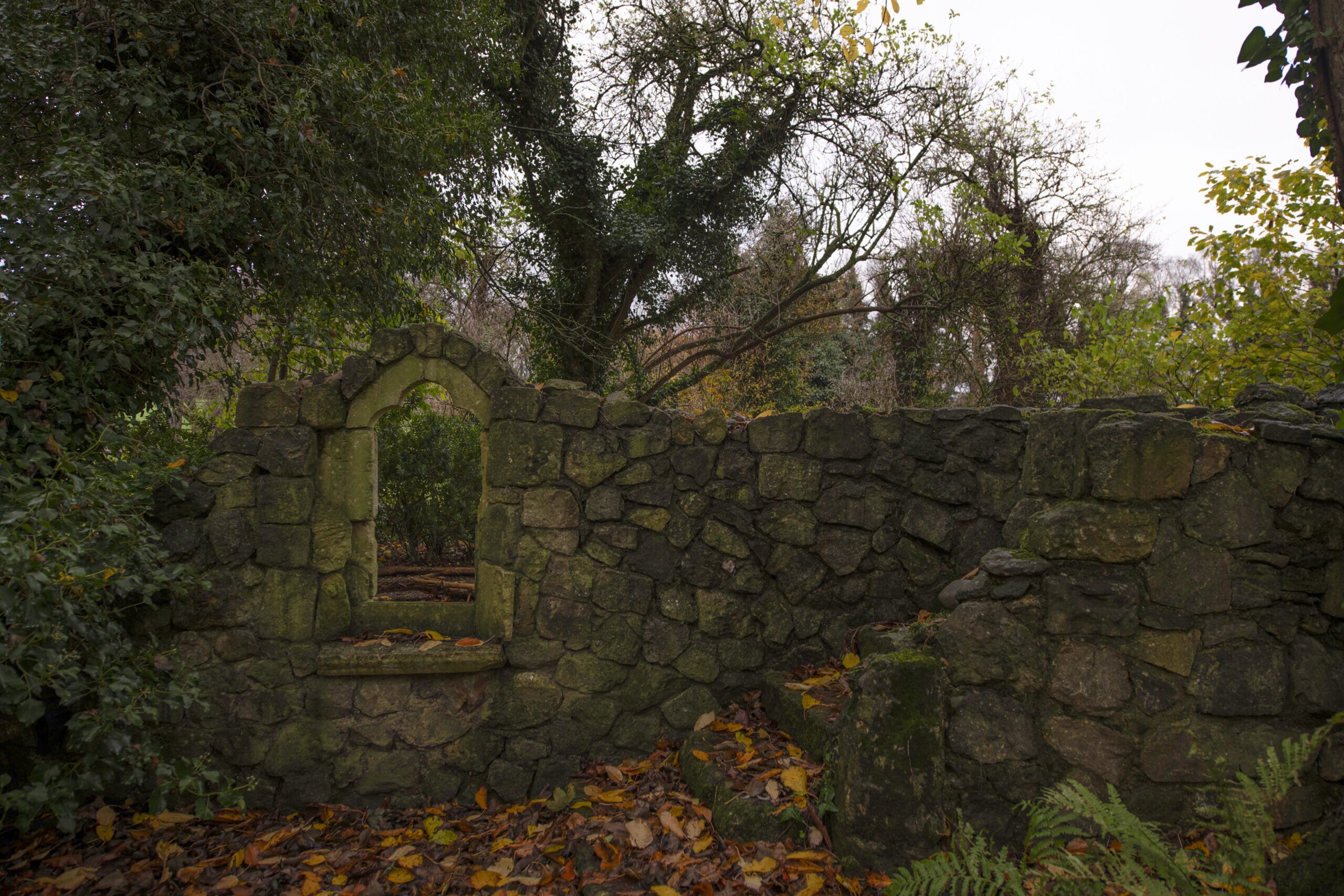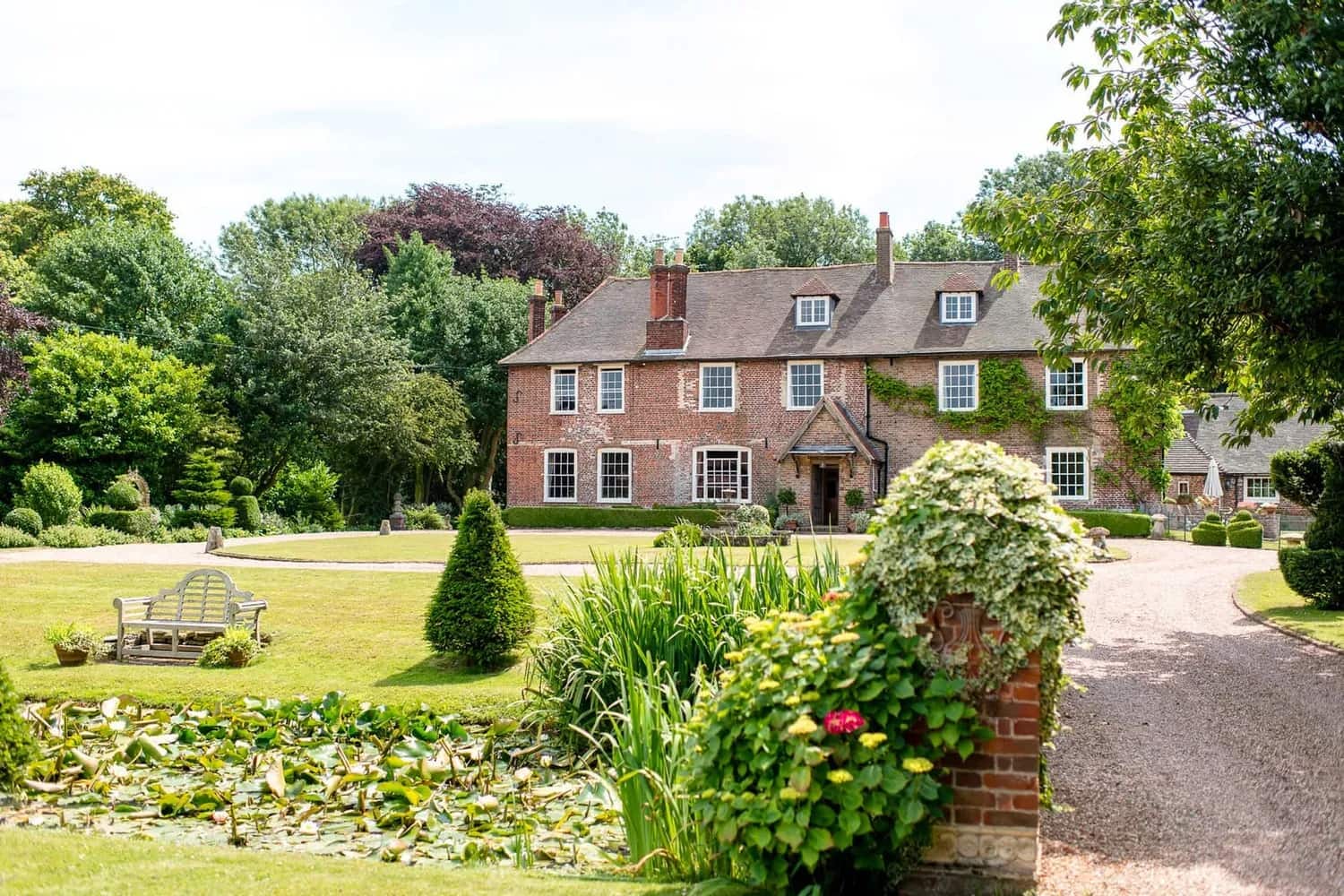Origins in the Domesday Book
Solton Manor’s story begins in the Domesday Book of 1086, when it was listed as part of Odo, Bishop of Bayeux, and his half-brother, William the Conquerer’s, landholdings. The records state that, at the time, it was held by Hugh de Montfort (a Norman nobleman) under the bishop’s authority. The estate covered a huge 160 acres (1 sulung) and would have included manicured lawns, orchards, fish ponds, lakes, and woodland. The land was farmed by villeins and bordars (tenants and labourers) – and with just four families recorded, Solton Manor was one of the smallest settlements documented in the Domesday survey.
However, Odo’s fortunes did not last. Following his disgrace in 1090, his vast estates, including Solton Manor, were ultimately confiscated by the Crown.
A tale of medieval Lords & Knights
Following Odo’s downfall, the manor was granted to William Peverel of Dover, who was a knight responsible for defending Dover Castle under the orders of John de Fiennes. Peverel was a powerful landowner with multiple estates across England, and was renowned for his military skills and generosity to the Church. His legacy lives on through Peverell’s Tower in Dover Castle – a site that still stands today and is now available as a holiday let under English Heritage.
By 1269, Solton Manor had passed down to the de Cramaville family, who continued to hold it under castle guard tenure. This system required them to provide knights for the defence of Dover Castle. In the centuries that followed, parts of the estate were gifted to the Benedictine Priory of Canterbury – a connection which lasted until Henry VIII’s Dissolution of the Monasteries in 1536. The estate was then awarded to Sir Christopher Hales, Knight, who was a powerful figure in the Tudor court and the successor to Thomas Cromwell, the Master of the Rolls.

